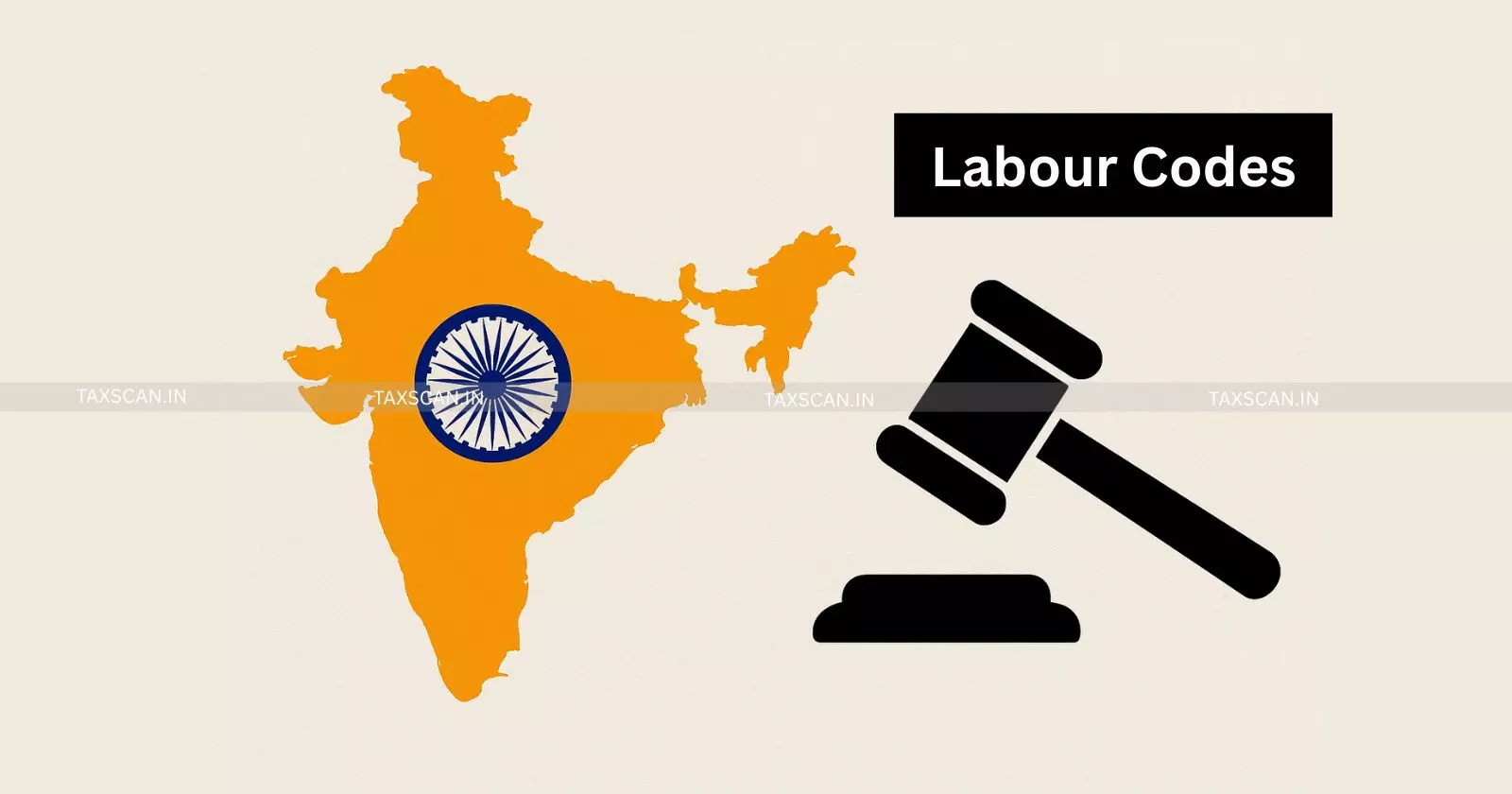India Implements Four Labour Codes Replacing 29 Old Laws with effect from November 21
According to the Government the primary objective of this legislative exercise is to replace a fragmented, decades-old system which often led to compliance complexity for businesses and uneven benefits for workers with a streamlined and transparent regime.

India - labour - codes - taxscan
India - labour - codes - taxscan
The Central Government has announced the official implementation of the four Labour Codes, consolidating 29 Central labour laws into a unified framework. The notification brings these codes into effect from November 21.
The notified framework comprises four distinct codes, which were passed by Parliament between 2019 and 2020:
- The Code on Wages, 2019: Unifies laws relating to wages, bonus payments, and equal remuneration. Its central feature is the introduction of a Floor Wage applicable across the entire country, ensuring a minimum standard of living for all workers, regardless of the state they work in.
- The Industrial Relations Code, 2020: Amends laws concerning trade unions, conditions of employment, and industrial dispute resolution. It aims to strike a balance between facilitating industrial activity and protecting workers' rights, while introducing new thresholds for requiring government approval for retrenchments.
- The Code on Social Security, 2020: This code is revolutionary in its scope, aiming for universal social security coverage. Crucially, it formally includes gig and platform workers under the ambit of social security schemes for the first time, recognizing the evolving nature of the workforce.
- The Occupational Safety, Health and Working Conditions Code (OSH), 2020: Standardizes provisions related to the health, safety, and welfare of all workers. It mandates specific safety standards and working hour regulations, with a special focus on protecting inter-state migrant workers and contract workers.
Comprehensive Guide of Law and Procedure for Filing of Income Tax Appeals, Click Here
Key Impact and Objectives
According to the Government the primary objective of this legislative exercise is to replace a fragmented, decades-old system which often led to compliance complexity for businesses and uneven benefits for workers with a streamlined and transparent regime.
- Definition of 'Wages': A major structural change across all codes is the uniform definition of 'wages', which aims to curb creative accounting practices that previously allowed companies to minimize their statutory contributions (like Provident Fund and ESI) by splitting a worker's salary into numerous allowances.
- Extending Coverage: The inclusion of gig, platform, and unorganized sector workers under the social security net is viewed as a landmark step toward formalizing the employment relationship for millions of Indians.
- Compliance and Penalty: The codes also introduce graded penalties for violations and offer employers an option for compounding offenses, moving away from a punitive approach to one focused on compliance facilitation.
It is also important to mention that the new Indian Labour Codes of 2020 have faced criticism, primarily from trade unions and labour rights groups, who argue that the reforms prioritize business interests over worker protections and weaken collective bargaining power.
Support our journalism by subscribing to Taxscanpremium. Follow us on Telegram for quick updates


